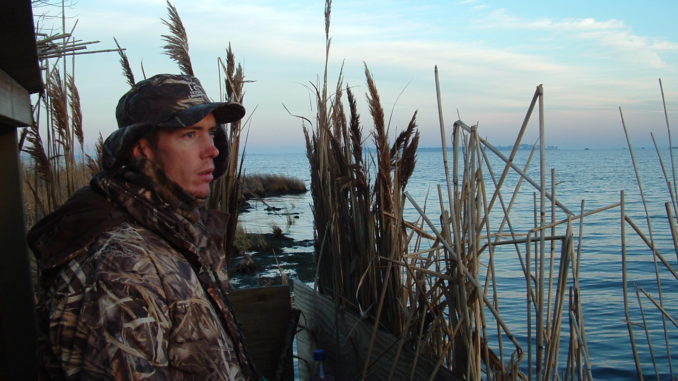
Do you want to have input regarding U.S. Fish and Wildlife Service management policies as they deal with hunting of migratory birds? Want to let the feds know you enjoy hunting doves, ducks, swans and geese and think those practices should continue under FWS direction? You’ll have a chance by letter, e-mail or in person, but only until the end of May.
The FWS periodically conducts reviews of its mission — which includes the traditional management tool of hunting usually administered in cooperation with state game-and-fish agencies — so the agency is holding a public comment period as part of its drafting process to form a Supplemental Environamental Impact Statement. The FWS apparently conducts SEIS reviews each 13 to 18 years (or as needed).
Comments can be sent directly to the FWS or provided at “scoping” meetings. A scoping meeting will be held April 12 in Charleston, S.C., the closest of 12 national public hearings to readers of N.C. and S.C. Sportsman magazines.
“Migratory bird management is a key mission of the U.S. Fish and Wildlife Service,” said FWS Director H. Dale Hall. “This National Environmental Policy Act process will ensure that all voices are heard as we further our nation’s migratory bird hunting tradition and examine its role as a wildlife management tool.”
The FWS has invited federal and state agencies and the public to present views on the scope and substance of an SEIS, options or alternatives to be considered and important management issues. The SEIS will update the 1975 EIS and 1988 SEIS for issuing of annual hunting regulations.
Under the Migratory Bird Treaty Act and the Fish and Wildlife Improvement Act, the Secretary of the Interior has the authority to determine whether migratory bird hunting can take place and issue regulations to guide management. Migratory game birds are species designated in conventions between the United States and Canada, Mexico, Japan, and Russia.
The draft SEIS — which will contain management alternatives that could include no hunting — will be published for comment next year. The notice of the public scoping process was published in the March 9, 2006, volume of the Federal Register.
Written comments regarding SEIS scoping are due May 30, 2006, to Chief, Division of Migratory Bird Management, U.S. Fish and Wildlife Service, Department of the Interior, MS MBSP-4107-ARLSQ, 1849 C Street, NW, Washington, DC 20240. Comments also may be sent by fax to (703) 358-2217 or by e-mail to huntingseis@fws.gov.
All comments received from the initiation of this process Sept. 8, 2005, (when the FWS published a Notice of Intent to prepare a SEIS) until May 30, 2006, will be considered.
For more information, please see http://www.fws.gov/migratorybirds/fedreg/MGBHR.HTML.
Regional public hearing sites and dates include:
— March 28, 2006: Memphis, Tenn., Holiday Inn Select Downtown, 160 Union Avenue; 7 p.m.
— March 30, 2006: Rosenburg, Texas, Texas Agricultural Extension Service Education Center, 1402 Band Road, Suite 100, Highway 36; 7 p.m.
— April 12, 2006: Charleston, South Carolina, Fort Johnson Marine Laboratory, 217 Fort Johnson Road, James Island; 7 p.m.
— April 26, 2006: Arlington, Va., U.S. Fish and Wildlife Service, 4401 North Fairfax Drive, Room 200; 1 p.m.
The FWS regulates the hunting of waterfowl, cranes, rails, snipe and woodcock and doves and pigeons. Regulations governing seasons and limits are created annually since bird populations change from year to year. These annual regulations have been written by the FWS each year since 1918. Other regulations, termed “basic” regulations such as those governing hunting methods, are changed only when a need to do so arises.



Be the first to comment